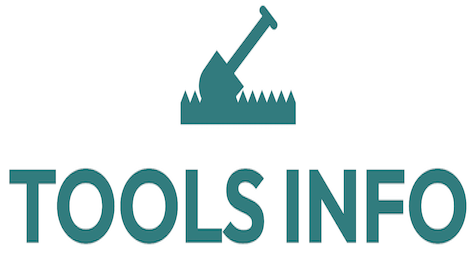Introduction
Understanding the Basics of Soldering
Soldering copper pipes is a fundamental plumbing skill that allows you to join pipes securely, ensuring a leak-free plumbing system. Unlike welding, soldering uses a low-melting-point metal alloy to fuse copper pipes and fittings without melting the pipes themselves. Mastering soldering copper pipes means creating durable, watertight joints that stand the test of time.
Importance of Proper Preparation
The key to successful soldering copper pipes lies in thorough preparation. Clean, well-prepared pipe surfaces ensure the solder adheres correctly, minimizing the risk of leaks. Skipping or rushing this step often leads to weak joints and costly repairs. With the right preparation, you set a solid foundation for effective soldering and long-lasting plumbing connections.
Choosing the Right Materials
Sourcing Quality Copper Pipes and Fittings
Using high-quality copper pipes and fittings is crucial for reliable joints. Opt for pipes made from type L or type M copper, commonly used in plumbing for their durability and corrosion resistance. Ensure fittings are compatible in size and rating to prevent uneven joints and avoid future leaks.
Selecting the Best Flux and Solder Alloy
Flux plays an essential role by cleaning the metal surfaces and promoting adhesion between solder and copper. Choose a water-soluble flux designed specifically for copper pipe soldering. For the solder itself, use a lead-free alloy, such as a 95% tin and 5% silver combination, which complies with plumbing codes and ensures safe, leak-free soldering.
Preparing the Pipes for Soldering
Cleaning and Deburring
Proper cleaning involves removing oxidation, dirt, and grease from pipe ends and fittings. Use an abrasive tool like emery cloth or a wire brush to clean the surfaces down to shiny copper. After cleaning, deburr the pipe edges with a reaming tool or file to eliminate sharp edges that could hinder the fit and solder flow.
Applying Flux to Ensure a Strong Bond
Apply a thin, even coat of flux on both the pipe exterior and fitting interior before assembly. This flux layer encourages solder flow into the joint by preventing oxidation when heat is applied. Ensure the flux covers the entire joining surface but avoid excessive application, which can create lumps and weak points in the soldered connection.
Soldering Techniques for Leak-Free Joints
Using a Proven Torch Method
Begin soldering copper pipes by heating the joint with a propane torch, focusing heat evenly on the fitting rather than directly on the pipe end. This method promotes uniform melting of the solder, preventing cold joints that lead to leaks. Once the joint is hot enough, feed solder into the connection’s opposite side until a thin ring appears around the joint, indicating proper flow.
Ensuring Proper Heat Distribution
Heat distribution is critical for strong, leak-free soldering. Move the torch around the joint continually and avoid over-concentrating the flame in a single spot, which can damage the fitting or pipe. Proper heat ensures solder fully liquefies and evenly wets both pipe and fitting surfaces, creating a reliable hermetic seal.
Creating a Seamless Soldered Joint
After solder flows around the joint, remove the heat and let it cool naturally without disturbance. Avoid wiping or moving the joint while it’s cooling, as this can create cracks or cold solder spots. A seamless soldered joint should be shiny, smooth, and completely encircle the pipe end, providing a durable, leak-proof connection.
FAQs
What type of solder should I use for copper pipes?
Lead-free solder alloys, usually composed primarily of tin with small amounts of other metals like silver, are recommended for copper pipe soldering. These are safe for potable water systems and comply with most plumbing codes.
How can I prevent leaks when soldering copper pipes?
Prevent leaks by thoroughly cleaning and deburring pipes, applying the proper amount of flux, using the correct solder alloy, heating the joint evenly, and allowing the joint to cool undisturbed. Proper preparation and technique are essential.
Do I need specialized tools for soldering copper pipes?
Yes, specialized tools such as a propane torch, pipe cutter, deburring tool, emery cloth or wire brush, and lead-free solder are essential for efficient and successful copper pipe soldering. Investing in quality tools improves results and safety.
For a comprehensive overview of soldering techniques, visit this soldering guide. Also, explore pro tips and how-to guides to refine your soldering skills.
Ready to master soldering copper pipes with leak-free results? Learn these essential techniques and transform your plumbing projects today! Start here.
